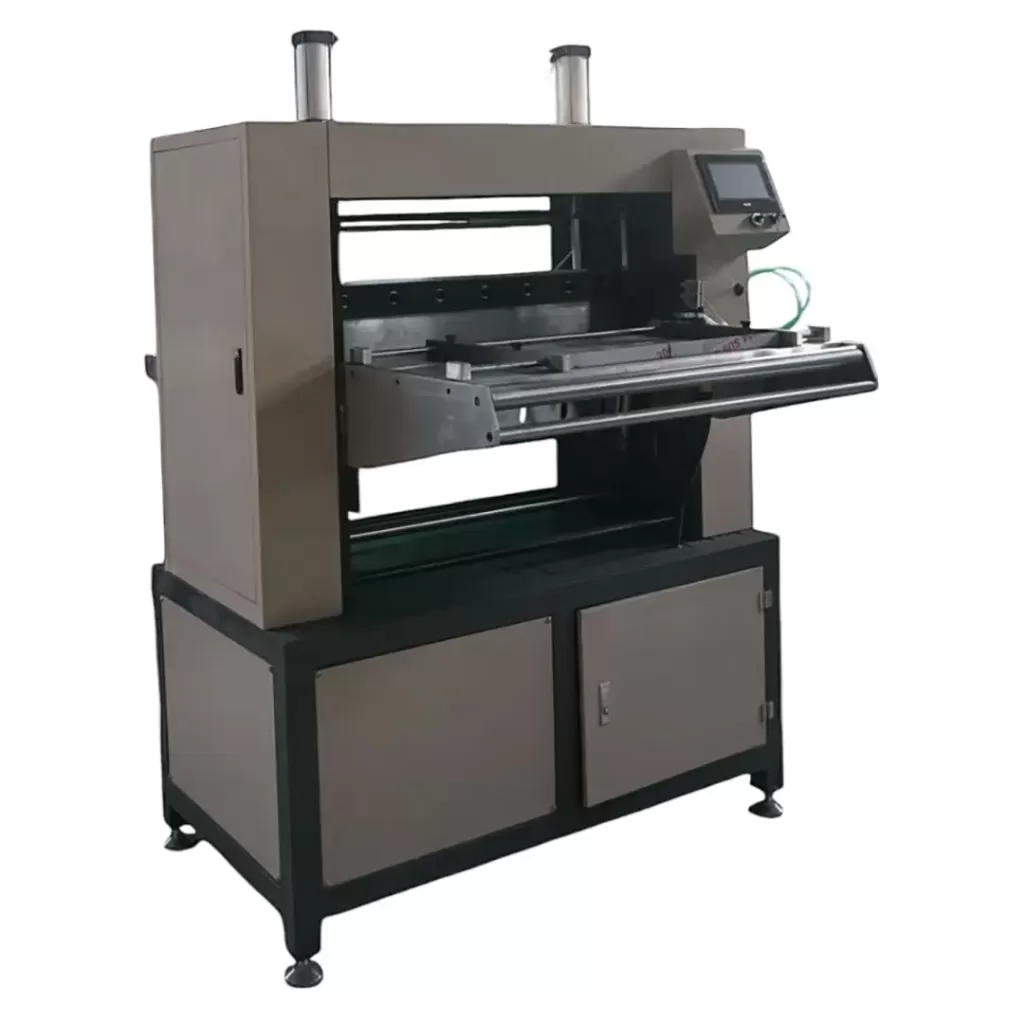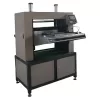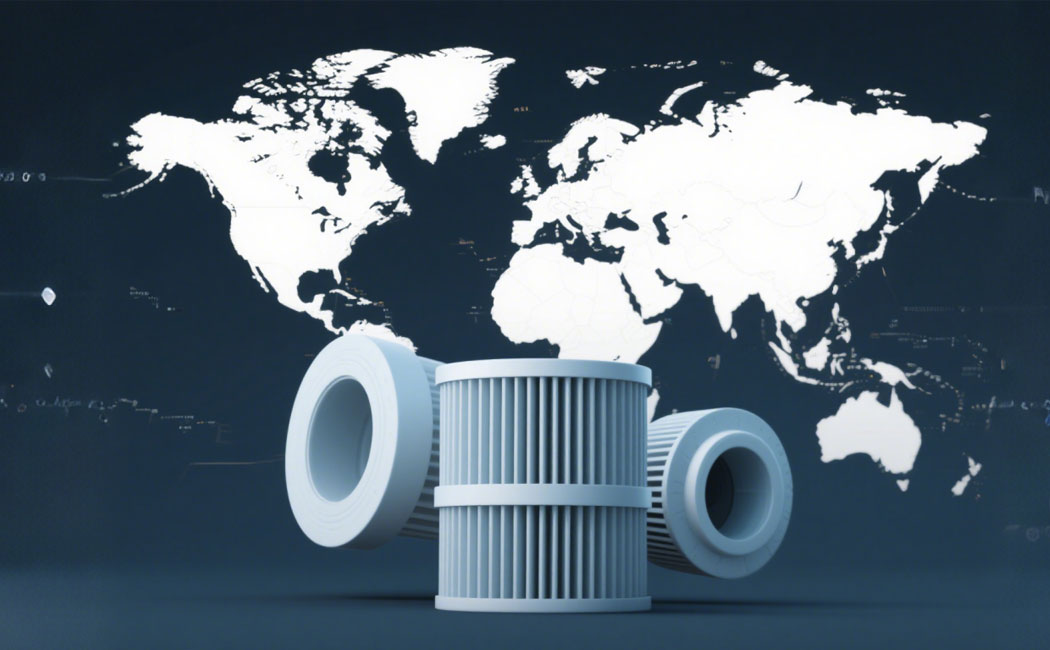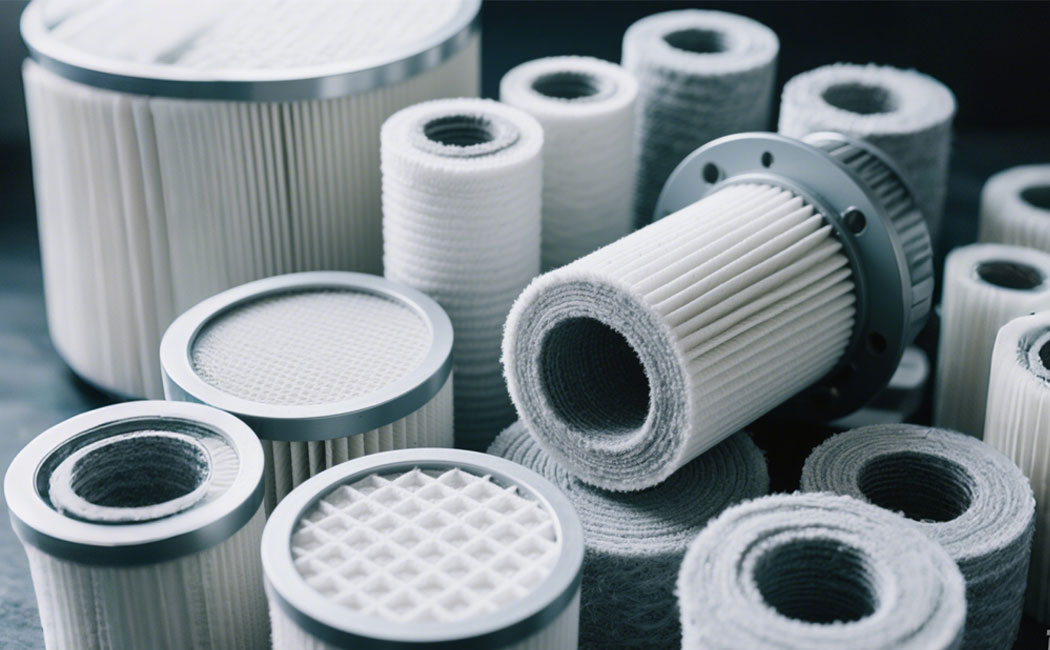What makes knife pleating machine an indispensable tool for modern filter materials and textile manufacturing?
In air purification, home textiles, and beyond, folded material precision directly impacts product performance—from air filter efficiency to pleated curtain aesthetics. The core of this precision is the knife pleating machine, which is a special pleating machine and aims to fold various materials at a consistent speed. Different from the general folding equipment, it meets the unique needs of industries that require tight and uniform pleating, supports multi-layer processing and optional heat setting to maintain the shape for a long time. It is very important for manufacturers to understand the working principle, specifications and application of pleating machine, which gives consideration to both productivity and quality. Based on industry data and operational insights, this article breaks down key details.

What is a knife pleating machine?
Knife pleating machine is an industrial pleating machine, which is designed to produce accurate and even pleats in flexible and semi-rigid materials. It uses a “knife” mechanism with adjustable guides rails to form folds at uniform intervals to ensure that each fold meets the precise height and density requirements.
This pleating machine is very suitable for processing a variety of materials, including filter paper, metal mesh, non-woven fabrics and curtain cloth. Its core function is to transform flat materials into functional structural folds (for example, filter surface area) or aesthetics (e.g., the texture of the curtains). It’s not one size for everyone: customizable functions such as pleat height, multilayer treatment and heat setting make it suitable for filters and textiles.
Core Specifications: Defining High-Performance Models
The efficiency of knife pleating machine depends on the specification of specified material range, folding accuracy and speed. The following is a simplified classification (based on product details).
| Specification Category | Detailed information | Industry Relevance |
| Working Width | Standard 800mm;Customizabled | Suitable for small filter elements (100 mm wide) to large curtains (2000 mm wide), reducing the waste of trimming |
| Applicable Materials | Filter paper, barbed wire, non-woven fabric, curtain cloth | Support for cross-industry use: filters (paper/net) and fabrics (curtain cloth) |
| Pleat Height | 6–55 mm | Coverage requirements: 6-15mm for compact filters, 20-55mm for curtain/large filters |
| Multi-layered pleating | 1-7 (concurrent) | Improve work efficiency (for example, 3 nonwoven layers of heavy-duty filters) |
| Speed | 120 times per minute | High yield: For mass production, about 7200 folds per hour |
| Heat-Setting | Up to 180 c (optional) | Locks pleats for polyester curtains or high temperature filtering media |
| Power supply/air Pressure | Seven point five kilowatts; 0.6 mPa | For thick materials like layered wire mesh, there is a consistent force |
| Sources/Warranties | Hebei, China; 1-year guarantee | Transparent and long-term peace of mind |
| Packing material | Heat shrinkable film+wooden box. | Provide protection during transport |
Unique Advantages of Knife Pleating Machines
In comparison with other pleating machines (e.g., CNC models) or manual processes, which provides key benefits.
· Stable+easy to Operate: Unlike CNC pleating machine (which needs complicated programming), it uses manual pleating height adjustment-reducing training time and downtime. Its sturdy frame minimizes vibration and achieves a unified fold.
· Multi-Material Compatibility: Most pleating machines handle 1–2 materials; This one works with filter paper, wire mesh, non – woven, and curtain cloth—eliminating the need for multiple machines.
· Better Product performance: For filters, tight pleats can improve the efficiency by 30% (according to the filter manufacturer’s tests). For textiles, even spacing can enhance the attractiveness and durability of curtains.
· Optional heat setting: fix folds for washable curtains or high temperature filters.
Important application scenarios
The versatility of this kind of machine shines brightly in three industries.
1. Manufacturing of air filter
Air filters (HVAC, cars, clean rooms) rely on folding paper to capture pollutants. This machine has increased the surface area of paper by 2-3 times, thus improving efficiency. According to the Grand View Research (https://www.grandviewresearch.com/) , Thanks to the sophisticated pleating machine, the pleated air filters captures 20–40% more particles than non-pleated filter. Its 1-7 layer capacity can quickly create a HEPA-like filters.
2. Hydraulic Oil Filter Cartridges
Hydraulic systems needs filters to remove impurities. This machine folds wire mesh/non-woven fabric into tight pleats (6-55 mm high) for the filter cartridges. Stable operation can prevent the folds from collapsing under pressure and prolong the life of the filter cartridge.
3. pleated Curtains
Textile brands use this machine to produce consistent curtain folds. Custom width (maximum 2000 mm) is suitable for large panels, and heat setting can retain pleats after washing. Textile world (https://www.textileworld.com/) reports that the demand for pleated curtains is increasing at an annual rate of 15%, which has promoted the adoption of pleated machines.
How to Operate: Step-by-Step
Although it is simpler than CNC pleating machine, please follow this procedure for safety and accuracy.
· Preparing materials: cutting into working width; Stack 1-7 layers evenly (do not overlap).
· Setting parameters: Adjust the wrinkle height (6-55 mm), speed (starting from 50 times/min) and heat setting (if necessary, the temperature is ≤ 180 degrees Celsius).
· Start & Monitor: Feed material straight into the machine; Check the evenness of the first 10-20 folds.
· Quality inspection: check the fold height (e.g. G. 8 mm ± 0.5 mm for filters); Make adjustments as necessary.
· Production and shutdown: Run production and check every 50-100 times; Clean the knife mechanism post-use.
FAQ
Question 1: Can it handle thick materials like barbed wire?
A1: Yes-7.5 kW power and 0.6 MPa pressure to fold thick wire mesh, even in the first to seventh floors.
Question 2: How customizable is the width??
A: 800 standard; Can provide customized width of up to 2000 mm.
Question 3: Does the operators need special training?
A: No-most people master the basic knowledge within 1-2 hours (suppliers includes 1 day of training).
Question 4: Is heat setting compulsory?
A: No-use it to clean curtains or high temperature filters.
Question 5: what if the machine is broken?
A: Parts/technical support covered by the 5: 1 year warranty; In case of emergency, on-site service can be chosen.
Why is this a smart Investment
For filter/textile manufacturers, pleating machine like this reduces the cost (15–20% lower than manual folding), reduces the rejection rates (≤ 2% lower than manual folding and 10-15% lower than manual folding), and expands the production scale (small orders/large orders can be folded 120 times per minute) This is the competitive advantage of fast-paced industries.
Share:
Categories
- blog(45)
- Industry news(3)
- Technique articles(42)
Recent Posts

What is a Melt Filter Shrinking Machine ...
11/18/2025 Comments Off on What is a Melt Filter Shrinking Machine and Why is it Essential for Filter Manufacturing?
What is a melt filter extruder and ...
11/13/2025 Comments Off on What is a melt filter extruder and how does it enhance your filtration system?
What makes knife pleating machine an indispensable ...
11/11/2025 Comments Off on What makes knife pleating machine an indispensable tool for modern filter materials and textile manufacturing?






